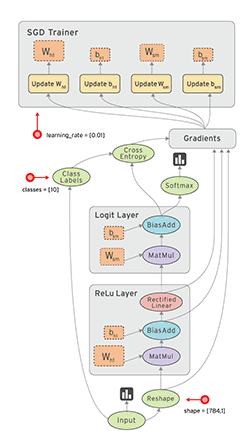Artificial intelligence and machine learning have come a long way in a relatively short amount of time, thanks largely to efforts by Google. The search giant's AI engine already powers a number of experiences in products like Google Photos although admittedly, there's still plenty of room for improvement.
To that end, Google on Monday announced the open source release of TensorFlow. What is TensorFlow and why should you care?

As Senior Google Fellow Jeff Dean and Technical Lead Rajat Monga explain, TensorFlow is Google's second-generation machine learning system. It was designed specifically to address the shortcomings of Google's internal deep learning infrastructure.
Developed in 2011, DistBelief has served the company well but was narrowly targeted to neural networks, was difficult to configure and was tightly tied to Google's internal infrastructure. TensorFlow, on the other hand, is said to be general, flexible, portable, easy-to-use and best yet, it's completely open source.
Google says TensorFlow is great for research but it's capable of being used in real products, from a single smartphone to thousands of computers in datacenters. By open sourcing it, Google hopes to accelerate research on machine learning that will ultimately make it work better for everyone.
Those interested in learning more are encouraged to check out the TensorFlow website where you'll find tips on how to get started, tutorials and other resources to point you in the right direction.